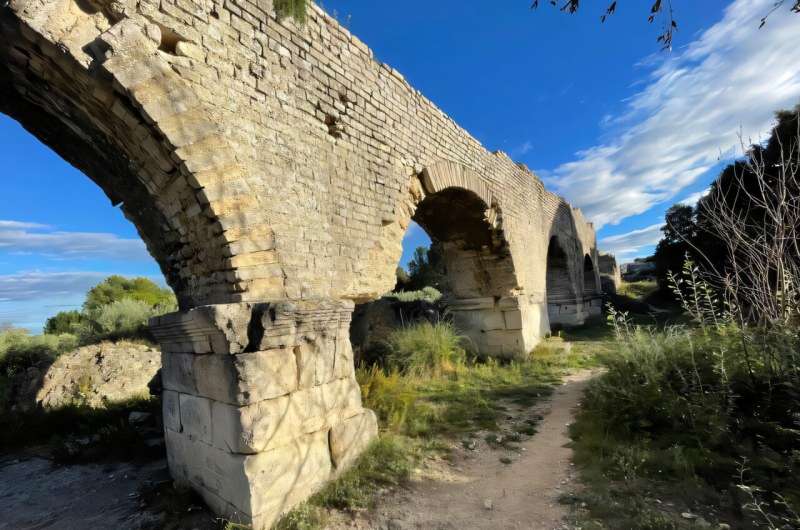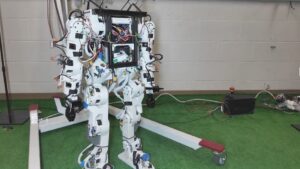
Researchers from Johannes Gutenberg University Mainz, the University of Oxford, and the University of Innsbruck have unlocked the secrets of the ancient aqueduct system of Arles in Provence, thanks to the study of limescale deposits. These deposits, found in aqueducts, basins, and lead pipes, have provided a detailed history of how Romans adapted their water management systems over centuries. The findings, published in Geoarchaeology on June 28, 2025, offer new insights into Roman engineering and sustainability practices.
The study was led by Dr. Gül Sürmelihindi from the Institute of Geosciences at Johannes Gutenberg University Mainz (JGU). “This study clearly shows how a Roman aqueduct worked over several centuries and was transformed at different times by the Romans, efficiently maintained and modified,” Sürmelihindi explained. This research stands out because it examines the complex water supply of ancient Arles, rather than focusing on a single aqueduct.
Deciphering the Arles Aqueduct System
Initially, from 3 BCE, an aqueduct from the south flank of the Alpilles hills supplied water to Arles. Nearly a century later, a second aqueduct was constructed from the northern side of the hills. This new aqueduct’s water joined the southern counterpart in an existing basin, part of the original system. The southern aqueduct was then repurposed to power a massive 16-wheeled water mill complex at Barbegal, confirmed by earlier studies through carbonate analysis.
Prof. Dr. Cees Passchier, also from the Institute of Geosciences at Mainz University, highlighted the significance of these findings. “The researchers have now succeeded in confirming the picture with solid archives from the Arles water system and proving the long-life cycle of the Roman aqueduct of Arles,” Passchier noted.
The Role of the Baths of Constantine
Another intriguing discovery involved the Baths of Constantine in Arles. Collapsed ceiling pieces contained aqueduct carbonates from the northern aqueduct, suggesting that when the baths were constructed in the early 4th century AD under Emperor Constantine, the aqueduct was restored, and the carbonates were repurposed as building material. This discovery answered long-standing questions about the water supply to the baths and suggested the aqueduct’s use continued until the 5th century AD, when invading Franks and Burgundians arrived.
Solving the Mystery of the Rhône River Pipes
The study also addressed the mystery of large lead pipes from Roman times that crossed the Rhône River bed. For years, the direction of water transport through these pipes was debated. Researchers found deposits with isotopic compositions matching those in the aqueducts, confirming that an inverted siphon supplied the Trinquetaille quarter on the opposite riverbank.
“Without the aqueduct carbonate archives, it would be impossible to reconstruct these relationships,” said Passchier. The deposits, heavily contaminated with clay, couldn’t be dated using standard technologies. Instead, stable oxygen and carbon isotopes were analyzed, revealing the times of simultaneous deposition and the historical timing of modifications to the Arles water supply system.
Implications for Modern Water Management
The findings have broader implications for understanding ancient sustainable water management practices. The Roman aqueduct system of Arles exemplifies how ancient societies adapted their infrastructure to changing needs and maintained it over centuries. This historical insight could inspire modern water management strategies, especially in regions facing water scarcity and infrastructure challenges.
As the study sheds light on the complexities of Roman engineering, it also opens avenues for further research into other ancient water systems. The methodologies developed for analyzing carbonate deposits could be applied to similar studies worldwide, offering a new lens through which to view ancient engineering marvels.
For more detailed insights, the full study is available in Geoarchaeology, titled “The Roman Water Management of Arles as Read in Aqueduct Carbonate Archives” by Gül Sürmelihindi et al. (2025). DOI: 10.1002/gea.70020.







